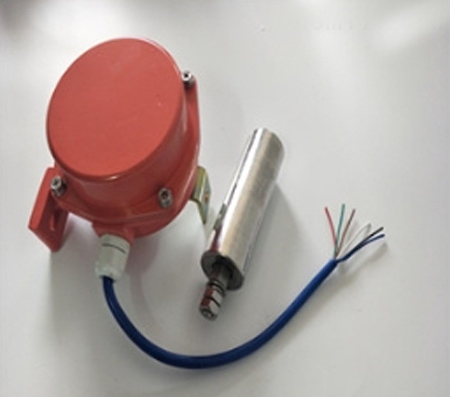
Product Overview:
The HFKPT1-N deviation switch is a device used to monitor conveyor belt deviation, widely used in industries such as mining, metallurgy, chemical engineering, and power. This device can monitor the operation status of the conveyor belt in real time, prevent equipment damage and production accidents caused by deviation, and ensure the safe and stable operation of the conveyor system.
Main functions:
Technical parameters:
Product features:
Application areas:
The HFKPT1-N deviation switch is widely used in conveyor belt systems in industries such as mining, metallurgy, chemical, power, ports, and building materials. Especially suitable for application scenarios that require precise monitoring and protection of conveyor belts, it can effectively improve the safety and reliability of the system.
Precautions for use:
after-sale service:
The HFKPT1-N deviation switch comes with a one-year warranty service. During the warranty period, if you encounter equipment malfunctions or other problems, please contact the after-sales service team. We will provide technical support, repair or replacement services to ensure the continuous and stable operation of the equipment.
1. What is the detection angle range of HFKPT1-N deviation switch?
The detection angle range of HFKPT1-N deviation switch is from 0 ° to 30 °, and users can adjust it according to the actual needs of the conveyor belt to ensure accurate monitoring of the deviation of the conveyor belt.
2. What working environments is the HFKPT1-N deviation switch suitable for?
The HFKPT1-N deviation switch has an IP65 protection level, which can prevent dust and water. Therefore, it is suitable for various harsh working environments such as mining, metallurgy, chemical, and power, including high humidity and dusty places.
3. How to install HFKPT1-N deviation switch?
The HFKPT1-N deviation switch supports both horizontal and vertical installation methods. During installation, it is necessary to ensure that the detection arm maintains an appropriate distance from the surface of the conveyor belt, and adjust the detection angle according to the actual width and operating status of the conveyor belt. The installation process is simple and adaptable to different conveyor belt system requirements.